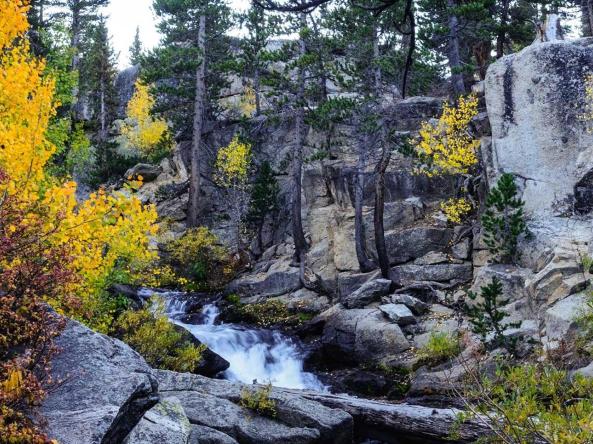As of March 12, 2024, current drought conditions vary widely across the Intermountain West. The southern states in the region continue to sustain drought conditions with 88.2% of New Mexico in Moderate to Exceptional Drought (D1–D4) and 48.6% of Arizona in Moderate to Extreme Drought (D1–D3). The northern states are reporting less drought with 21.6% of Wyoming in drought, 10% of Colorado, and only 3.8% of Utah in Moderate to Severe drought (D1–D2).
This webinar, co-hosted by NIDIS and the National Weather Service, will review the Drought Information Statement modernization effort, showcase the new template and format, outline the expectations for Drought Information Statement authors, and share examples of the modernized statements that were developed during a recent beta test with selected Weather Forecast Offices.
These webinars provide the region's stakeholders and interested parties with timely information on current and developing drought conditions, as well as climatic events like El Niño and La Niña. Speakers will also discuss the impacts of these conditions on things such as wildfires, floods, disruption to water supply and ecosystems, as well as impacts to affected industries like agriculture, tourism, and public health.
The flakes have started to fly in the Sierra Nevada. This month's Drought & Climate Outlook Webinar discussed tools to help monitor incoming precipitation, track snowpack, and look back at past drought conditions. The National Weather Service also provided their regular drought and climate update.
Thirty-six percent of the Intermountain West Drought Early Warning System region is in drought, with parts of Arizona, New Mexico, and Colorado in Moderate to Extreme Drought (D1-D3) and Exceptional Drought (D4) in New Mexico.
This webinar examined current conditions for the Intermountain West and the forecasted drought conditions for Arizona, Colorado, New Mexico, Utah, and Wyoming. There was also a special presentation on the Water Adaptation Techniques Atlas.
Please join us for this upcoming Midwest DEWS webinar, which will highlight key takeaways from research in Ohio to develop an objective, impacts-based framework for drought mitigation in the state.
The December 2024 North Central Climate and Drought Summary and Outlook Webinar will include a summary of past and current conditions in terms of many climate variables like snowpack, temperatures, precipitation, etc., as well as potential and ongoing impacts from climate phenomena across sectors (e.g., agriculture, water resources, navigation).
The November 2024 North Central Climate and Drought Summary and Outlook Webinar will include a summary of past and current conditions in terms of many climate variables like snowpack, temperatures, precipitation, etc., as well as potential and ongoing impacts from climate phenomena across sectors (e.g., agriculture, water resources, navigation).
The October 2024 North Central Climate and Drought Summary and Outlook Webinar will include a summary of past and current conditions in terms of many climate variables like snowpack, temperatures, precipitation, etc., as well as potential and ongoing impacts from climate phenomena across sectors (e.g., agriculture, water resources, navigation).
The September 2024 North Central Climate and Drought Summary and Outlook Webinar will include a summary of past and current conditions in terms of many climate variables like snowpack, temperatures, precipitation, etc., as well as potential and ongoing impacts from climate phenomena across sectors (e.g., agriculture, water resources, navigation).



